There’s a reason marigolds are a staple in gardens around the world. Their cheerful orange, yellow, and golden blooms bring instant warmth and brightness to any outdoor space. They’re hardy, low-maintenance, and bloom for months—if you know one secret: deadheading.
If your once-bushy marigold plants are starting to look tired, with more brown heads than blossoms, don’t worry. With a few quick snips and a bit of care, you can keep them blooming beautifully from spring to frost. Here’s everything you need to know about how to deadhead marigolds properly for endless blooms, plus a few insider tips to make the most of this garden favorite.
Why Deadheading Marigolds Matters
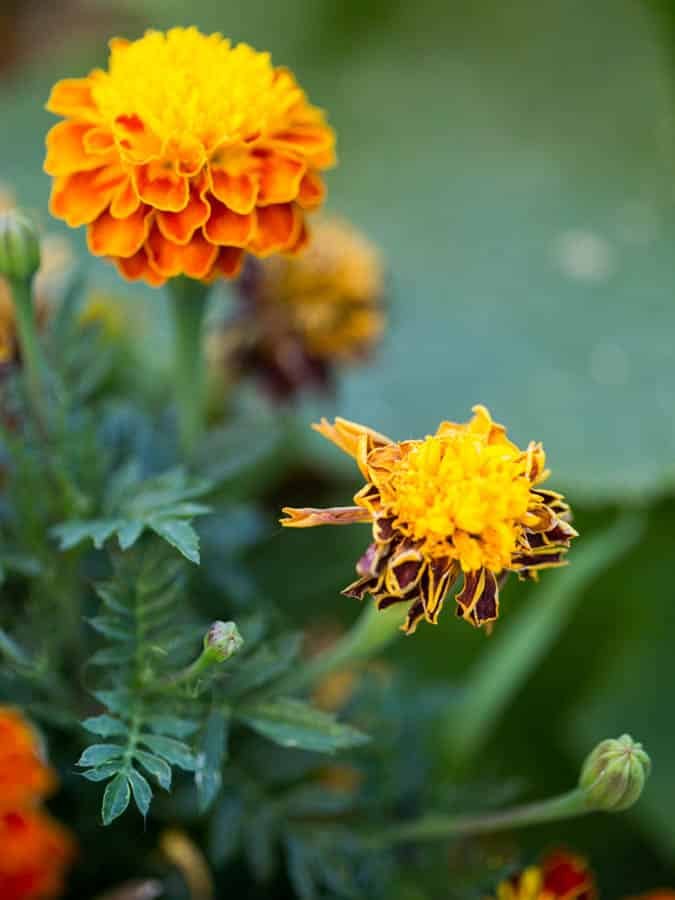
To understand why deadheading works, it helps to know what your marigold is trying to do. Like all flowering plants, marigolds bloom with one goal in mind—to produce seeds. Once a flower fades and begins forming seeds, the plant channels its energy into seed production rather than creating new blossoms.
That’s where deadheading comes in. By removing the spent flowers before seeds form, you’re telling the plant, “You’re not done yet—keep blooming!” The result? More buds, more flowers, and a longer, more vibrant blooming season.
In short:
Deadheading prevents seed formation.
It redirects energy into new flower growth.
It keeps your plants tidy and healthy-looking.
And it extends the flowering period for weeks or even months.
The Best Time To Deadhead Marigolds
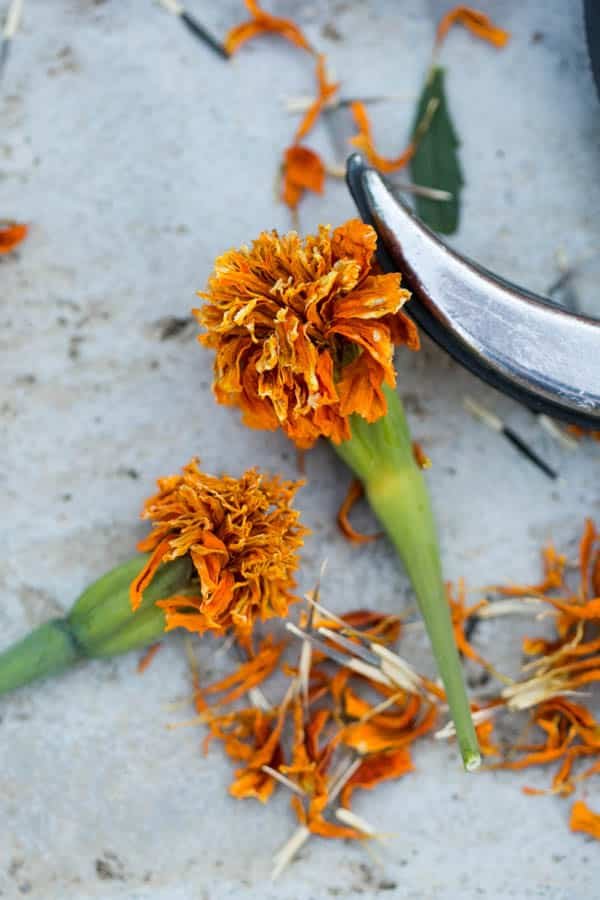
Marigolds bloom continuously through summer and early fall, so you’ll be deadheading regularly. The perfect time to remove a spent bloom is when the petals are starting to fade, dry, or turn brown, and the center of the flower looks shriveled.
If you wait until the flower head is completely dry and papery, the plant has already started to form seeds, which slows down further blooming. So, the key is timing—catch the flower as it’s fading, not after it’s gone completely to seed.
In most gardens, you’ll need to deadhead once or twice a week during peak blooming months.
How To Deadhead Marigolds — Step-by-Step
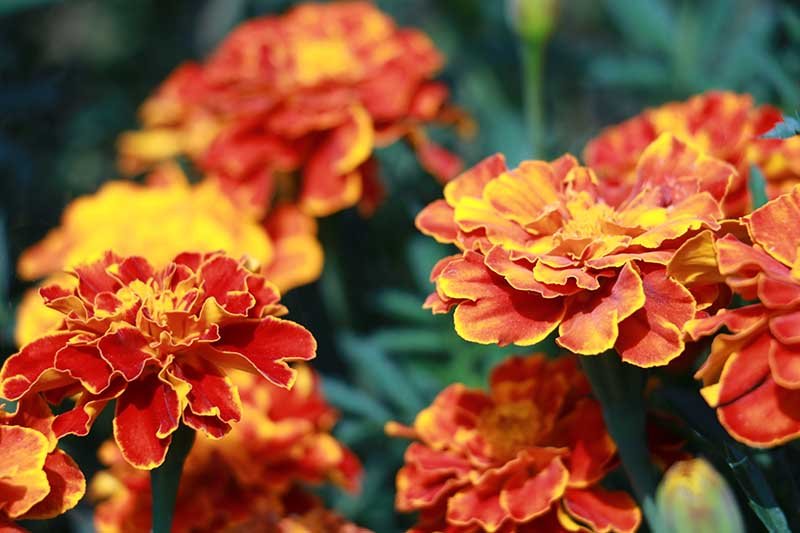
Deadheading marigolds is simple, satisfying, and only takes a few minutes. You don’t need fancy tools—just your hands or a small pair of garden scissors. Here’s how to do it correctly:
Step 1: Identify Spent Blooms
Look for flowers that are:
- Brown or wilted around the edges
- Losing their bright color
- Dry or crunchy to the touch
- Hanging lower than fresh blossoms
These are your targets for removal.
Step 2: Locate the New Growth Below the Spent Bloom
Follow the flower stem down until you find the first set of healthy green leaves or a new bud starting to form. That’s where you’ll make your cut or pinch.
If you cut too high—just below the dead bloom—you’ll leave behind a stub that can rot or block new growth. Cutting at the base of the spent flower encourages branching and more blossoms.
Step 3: Pinch or Snip Off the Dead Flower
- For small marigolds (like French or signet marigolds), use your fingers. Simply pinch the dead bloom between your thumb and forefinger and pull gently.
- For larger marigolds (like African or giant marigolds), use clean garden scissors or pruning shears to make a neat cut above a leaf node or bud.
Step 4: Clean Up Fallen Petals
After deadheading, check for petals or dried flower bits that have fallen into the plant’s center. These can trap moisture and encourage mold or fungal growth, especially in humid climates.
Gently shake or brush off debris to keep the foliage clean and airy.
Step 5: Repeat Regularly
Make deadheading part of your garden routine. A quick five-minute check every few days is enough to keep marigolds in full bloom.
The “Shear and Shape” Method (For Overgrown Marigolds)

If your marigold plants have gotten leggy or you’ve fallen behind on deadheading, don’t worry—there’s a fast fix.
Instead of picking individual blooms, use the shear-and-shape method:
- Take a pair of sharp garden shears.
- Trim back the top third of the plant, including faded blooms and long stems.
- Water deeply afterward.
- Optionally, give the plant a light dose of balanced fertilizer (like 10-10-10).
Within a week or two, you’ll see fresh, green shoots and new buds forming. This rejuvenation pruning encourages bushier growth and another flush of vibrant flowers.
Best Conditions for Continuous Bloom
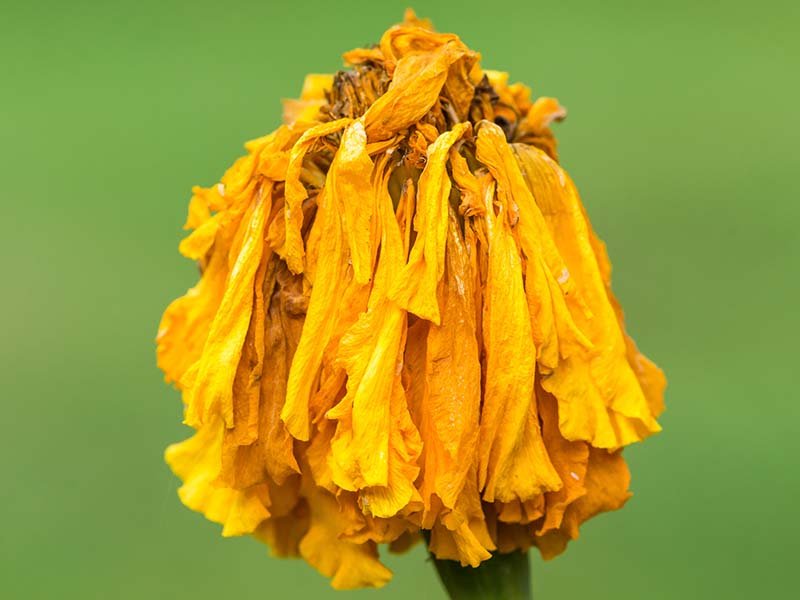
Even with regular deadheading, marigolds need the right growing conditions to keep producing flowers. Here’s how to help them thrive:
1. Give Them Plenty of Sunlight
Marigolds are sun worshippers. They need at least 6–8 hours of direct sunlight daily to produce abundant blooms. In partial shade, they’ll still grow, but flowering will slow down.
2. Water Wisely
These plants prefer soil that’s moist but well-drained. Overwatering can lead to root rot and fewer flowers. Water at the base of the plant early in the morning and avoid wetting the leaves.
A good rule of thumb: water when the top inch of soil feels dry.
3. Fertilize Sparingly
Marigolds don’t need heavy feeding. Too much fertilizer—especially nitrogen—encourages leafy growth instead of flowers.
Use a balanced or low-nitrogen fertilizer once every 4–6 weeks during the growing season.
4. Remove Diseased or Damaged Growth
Along with deadheading, check for yellowing leaves or pest damage. Trim off unhealthy parts to improve airflow and prevent fungal problems.
5. Mulch and Maintain
A thin layer of organic mulch around the base helps retain moisture and suppress weeds without crowding the stems.
The Benefits of Regular Deadheading
It’s amazing what a little pruning can do. When you keep up with deadheading, you’ll notice:
More blooms — Marigolds can double their flower output.
Fuller plants — Pinching encourages branching, creating a lush, bushy shape.
Brighter color — Fresh flowers appear more vibrant when old ones are removed.
Longer bloom time — Many marigold varieties will keep producing until the first frost.
Healthier plants — Removing decaying flowers prevents mold and disease.
In short, consistent deadheading is the secret to marigolds that never seem to stop blooming.
Common Mistakes To Avoid
Even though deadheading is simple, a few missteps can reduce your plant’s performance. Avoid these common errors:
- Cutting too close to the new bud. Always leave a little stem above the new growth to prevent damage.
- Leaving stubs behind. These can rot and attract pests. Cut cleanly just above a leaf node.
- Overfertilizing after pruning. A little fertilizer goes a long way—too much encourages leaves, not flowers.
- Neglecting during wet weather. Faded blooms can trap moisture and cause fungal spots if not removed promptly.
- Forgetting to clean your tools. Always use sharp, sanitized scissors to prevent spreading disease.
Pro Tip: Save Seeds While You Deadhead
If you’d like to grow marigolds again next year, you can turn deadheading into seed-saving time.
Here’s how:
- Let a few flowers fully dry on the plant until they’re brown and papery.
- Snip off the dried head and open it over a tray or paper towel.
- Inside, you’ll find long, slender black-and-white seeds.
- Store them in a cool, dry place in a labeled paper envelope until next spring.
This way, you’ll have a never-ending supply of marigold seeds—and more reason to keep your plants blooming all season.
A Blooming Cycle That Never Ends
Once you get into the rhythm of deadheading, you’ll notice your marigolds quickly respond with fresh buds. Every time you remove an old flower, two new side shoots often emerge below the cut—each producing its own bloom.
Over time, your marigold plants become fuller, denser, and more productive. It’s a self-rewarding process that keeps your garden looking bright and cheerful from early summer to frost.
Final Thoughts
Deadheading marigolds isn’t just a garden chore—it’s an act of encouragement. Each snip tells your plant to keep growing, keep blooming, and keep brightening your space.
Whether you’re growing petite French marigolds, towering African marigolds, or delicate signet marigolds, the principle is the same: remove the old to make way for the new.
With just a few minutes of care each week, your marigolds will reward you with an endless display of vibrant color, filling your garden with golden sunshine right up until the first frost.
So grab your scissors, head to the garden, and start snipping—because the secret to endless marigold blooms lies right at your fingertips.
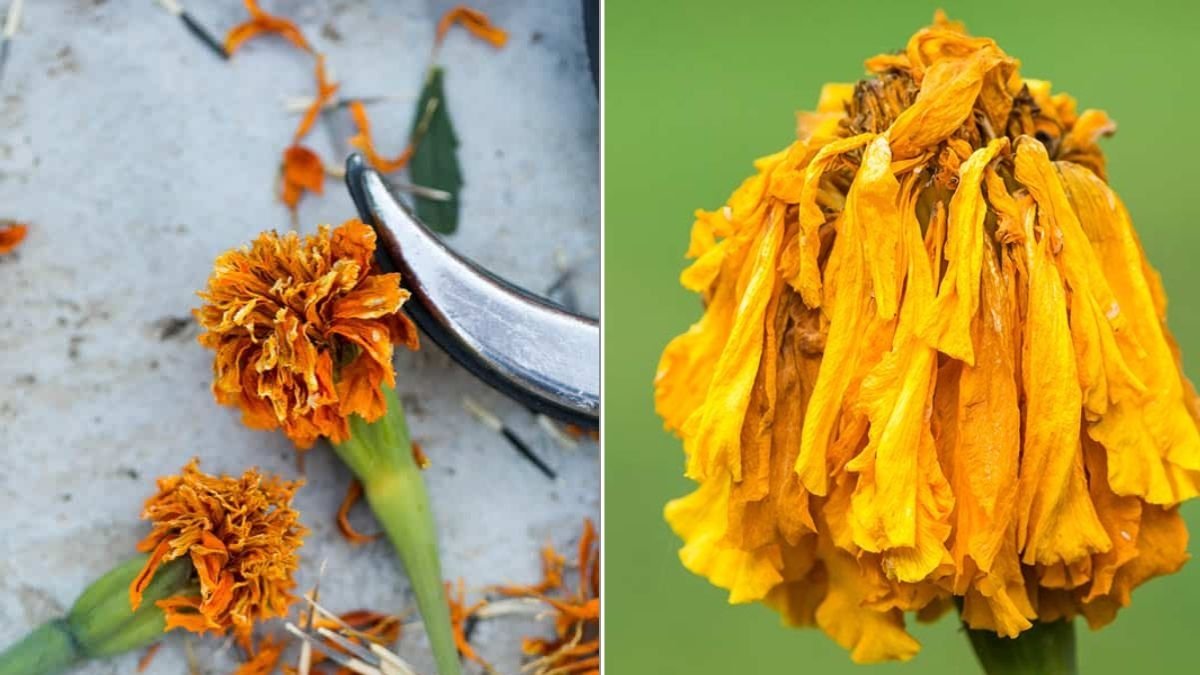




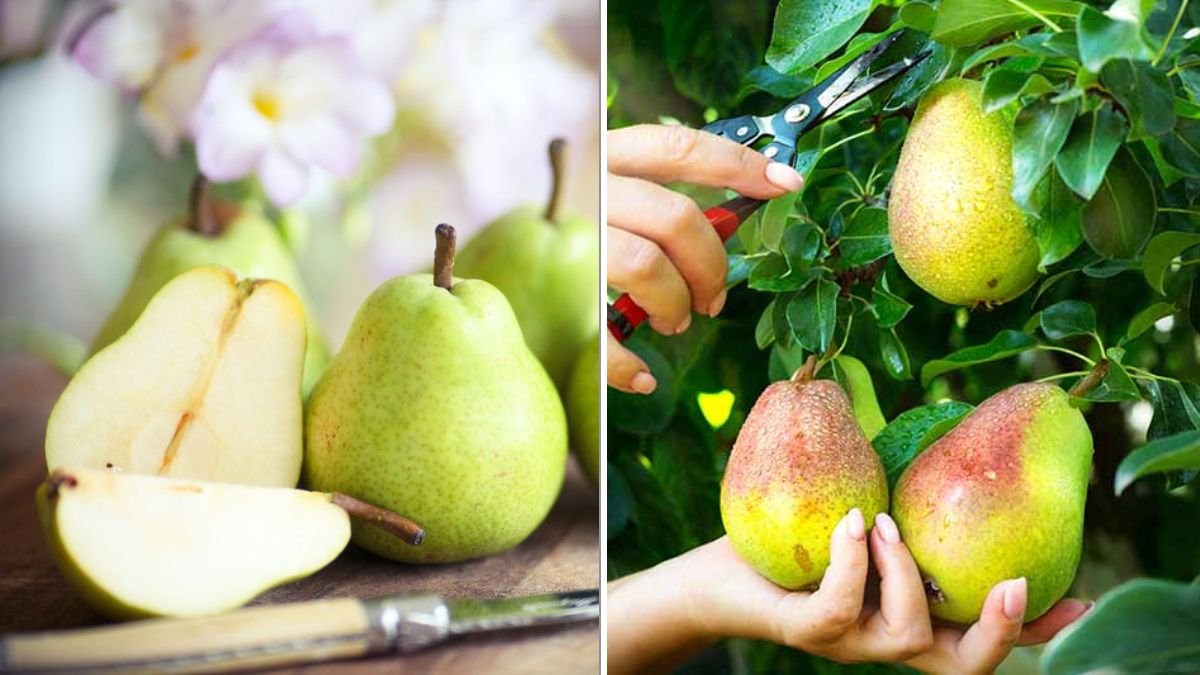
Leave A Comment